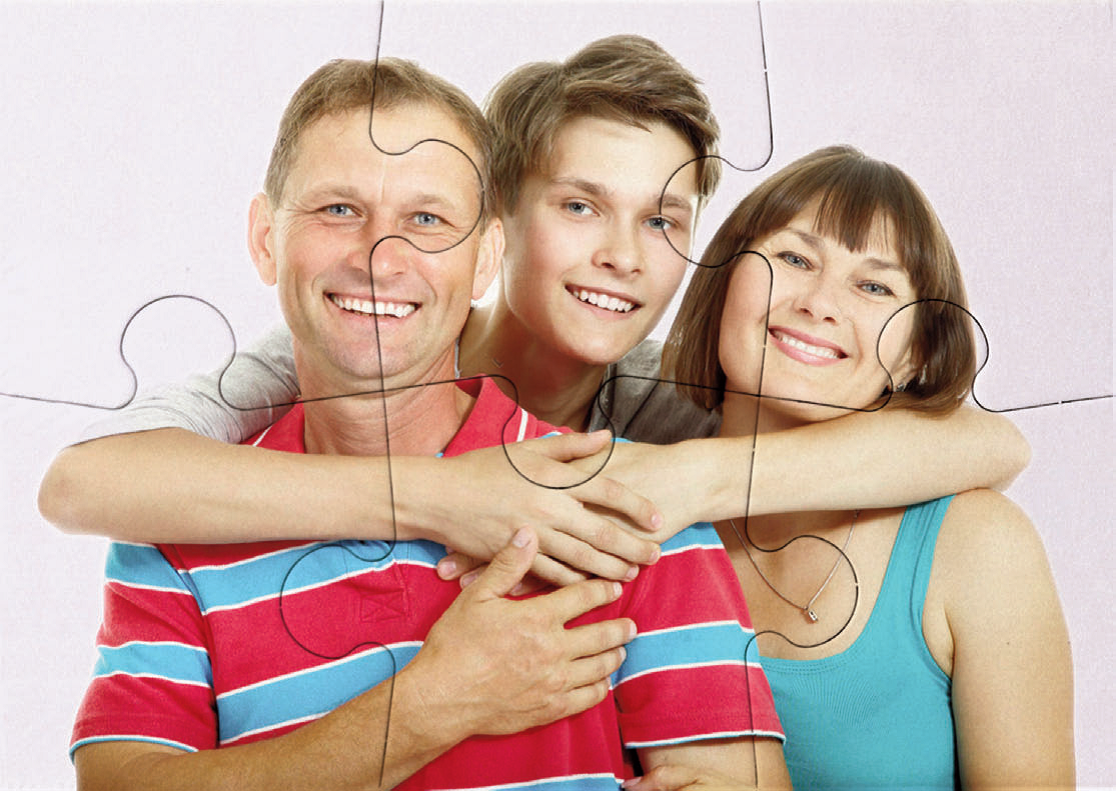During adolescence, your child with autism spectrum disorder (ASD) is forming an independent identity. This is a normal and important part of becoming an adult, and you can do a lot to support your child and build his self-esteem along the way.
Self-identity and self-esteem for teenagers with autism spectrum disorder: what to expect
Teenagers with autism spectrum disorder (ASD) can find it harder than typically developing teenagers to work out who they are and what their values are. They might also find it difficult to build self-esteem – that is, seeing themselves as valuable members of society with skills and strengths.
Your child might find these things hard because she has trouble recognising and controlling her emotions. This can make it difficult for her to work out how she feels about herself, how she feels about certain issues and what her values are.
Also, typically developing teenagers often learn about themselves from their peer group, but your child’s ability to do this might be more limited. For example, he might be unsure of how he fits into and relates to his peer group. Or he might notice for the first time that he understands or interprets things differently from his peers. He might be cut off from his peer group, or just not interested in his peers.
And then there are the usual adolescent ups and downs. Your child might just be feeling more ups and downs than she used to. This could be for many reasons – physical, emotional, social and psychological – and not for any one reason in particular. Often you can’t pin it down.
Building self-esteem and self-identity when your child has autism spectrum disorder
Talking about being different
Talking with your child about how everybody is different – which is what makes us interesting – can help your child see herself as a valuable part of society.
You can help your child understand that people can look, speak, think or act differently from each other – and this is OK. Although your child might feel different from other children at school, or people might tell him that he’s different, he’s not the only one who is different.
You could turn this into a Social Story™.
Meeting others
Joining an activity that she enjoys, like a sports club or a band, can help your child build a better sense of her strengths, what she enjoys and where she fits in. It’s also a good chance for her to develop and practise her social skills and mix with teenagers who don’t have autism spectrum disorder (ASD).
Getting involved with other teenagers who do have ASD can help your child to understand more about ASD and the different ways it can affect people. He’ll be able to share his own experiences with an understanding audience. Your state autism association or local council can help you find a local group.
Thinking about ‘me’
You can encourage your child to think about:
- what she likes and doesn’t like
- her personality – for example, whether she’s generous, artistic, polite and so on
- what words she would use to describe herself to others.
One way to get your child thinking about himself is to help him create an ‘All about me’ book. This might include pictures of things your child likes, pictures of friends or things about his hobbies and achievements. Drawings or craft creations from when your child was younger can remind him of past experiences. Things like school reports can help your child think about past and current achievements.
When your child comes up with a list of words to describe herself, these can go into her book.
Knowing about family
Your child’s self-identity also comes from knowing about his family. You could show your child things like family photographs and include these in his ‘All about me’ book too.
It might also help your child to hear about your experiences of growing up and being a teenager, especially if your child doesn’t have a lot of support from peers and friends.
References
Nichols, S., Moravcik, G.M., & Pulver Tetenbaum, S. (2009). Girls growing up on the autism spectrum: What parents and professionals should know about the pre-teen and teenage years. Philadelphia: Jessica Kingsley Publishers.
Serhan, R.J. (2011). Psyche-smart autism. Albuquerque: Sovereign Autism Research.
Volkmar, F.R., & Wiesner, L.A. (2009). A practical guide to autism: What every parent, family member, and teacher needs to know. New Jersey: John Wiley & Sons.
Winstone, N., Huntington, C., Goldsack, L., Kyrou, E., & Millward, L. (2014). Eliciting rich dialogue through the use of activity-oriented interviews: Exploring self-identity in autistic young people. Childhood, 21(2), 190-206. doi: http://dx.doi.org/10.1177/0907568213491771.

